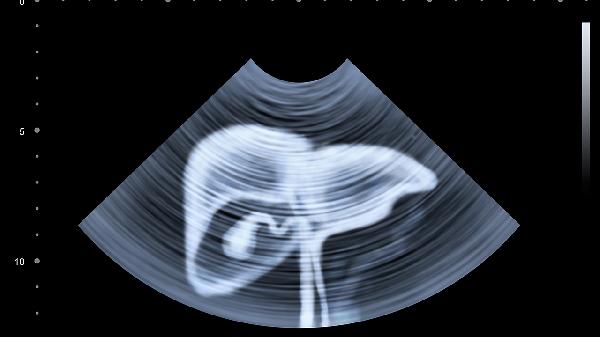Walking daily might not be the flashiest workout, but it’s one of the most effective ways to chip away at stubborn belly fat—especially if you stick with it. Unlike quick-fix diets or punishing ab routines, walking is sustainable, low-impact, and sneaky-good at burning visceral fat (the deep, dangerous kind hugging your organs). The key? Consistency, pacing, and a few smart tweaks to turn your stroll into a fat-melting machine.

Belly fat isn’t just a cosmetic nuisance—it’s metabolically active tissue that pumps out inflammatory hormones and messes with insulin sensitivity. High-intensity workouts torch calories fast, but walking does something subtler and more sustainable: it keeps your stress hormones (looking at you, cortisol) in check while steadily burning fat. Studies show moderate-paced walking can reduce waist circumference by up to 1.5 inches over 12 weeks—no crash diets required. The magic lies in the combo of gentle calorie burn and improved metabolic health, which walking delivers without overstressing your body.
Aim for 30–60 minutes of brisk walking most days—not a leisurely window-shopping pace, but a “I’m slightly out of breath but could chat” stride. This puts you in the fat-burning zone (about 60–70% of max heart rate), where your body taps into stored fat for fuel. Bonus: walking after meals helps blunt blood sugar spikes, which can curb fat storage around your midsection. If time’s tight, break it into 10-minute chunks—research shows mini-walks add up just as effectively as one long session.
To supercharge fat loss, mix in intervals: alternate 1–2 minutes of power-walking (like you’re late for coffee) with 1–2 minutes of recovery. This spikes calorie burn and keeps your metabolism humming post-walk. Adding hills or stairs engages your glutes and core even more, while swinging your arms (no zombie walks!) increases energy expenditure by up to 10%. If you really want to go pro, throw in a weighted vest (start light—5–10 lbs) to boost resistance without straining joints.
Walking won’t outpace a bad diet—sorry, but those post-walk donuts still count. Pair your steps with mindful eating: prioritize protein and fiber to stay full, swap sugary drinks for water or herbal tea, and limit ultra-processed foods that trigger belly fat storage. A simple hack? Time your walks before meals; studies suggest exercise can help regulate appetite hormones, making it easier to avoid overeating.
Missing a day or two? No sweat. The real secret is making walking a non-negotiable habit, like brushing your teeth. Track steps if it motivates you (7,000–10,000 is a solid target), but focus more on how you feel—less bloated, more energized, maybe even sleeping better. Over time, those daily miles rewire your metabolism to burn fat more efficiently, turning your walk into a stealthy belly-fat assassin.
Stubborn belly fat doesn’t stand a chance against the slow, steady power of walking. Lace up, hit your rhythm, and let time do the heavy lifting.
























